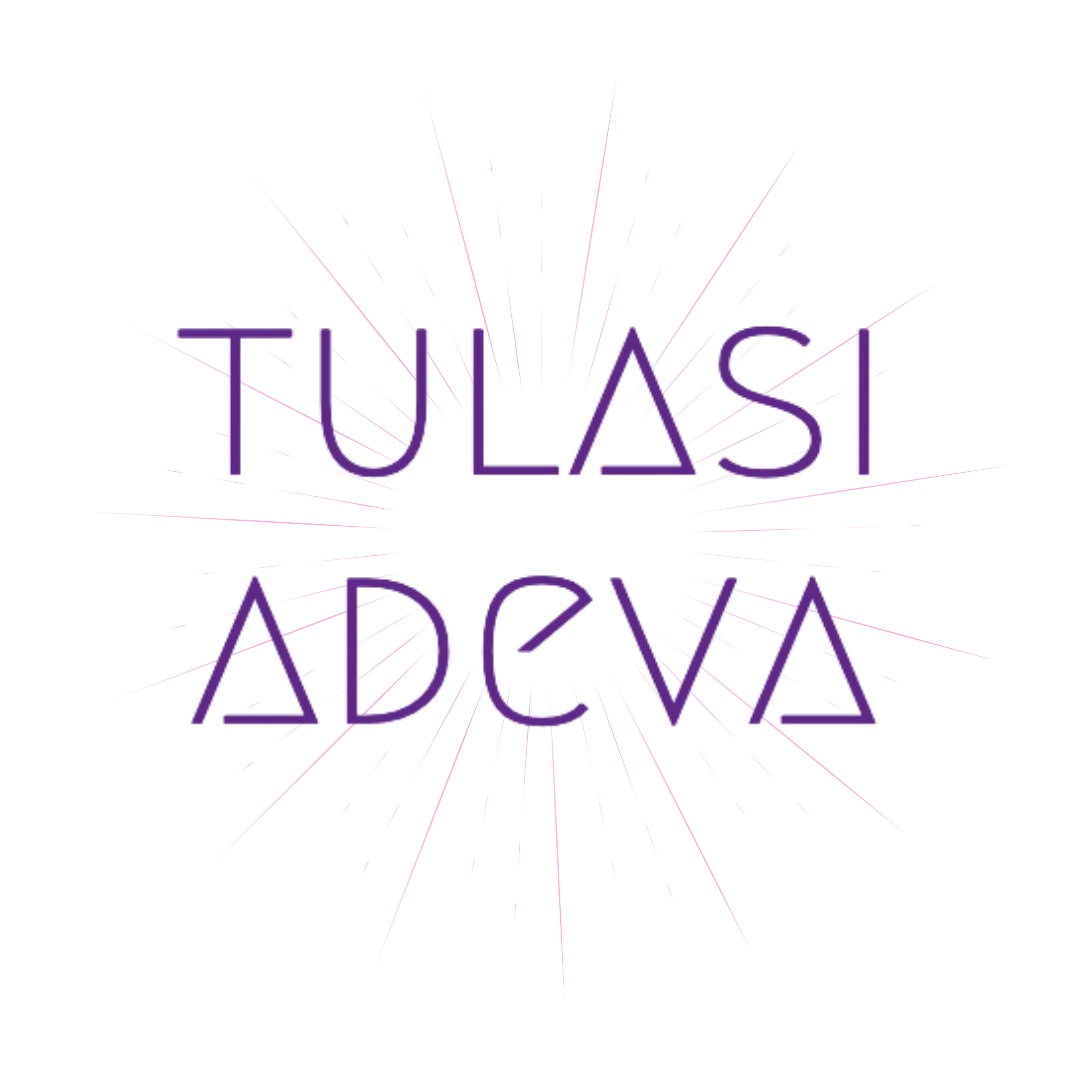Understanding Boundaries
Boundaries are an essential part of establishing healthy relationships and engaging in meaningful connections. But they can also create a lot of confusion, so let me start with a working definition that I came across years ago that helped click boundaries into place for me.
BOUNDARIES = THIS IS HOW I WORK BEST
Boundaries are a way of knowing ourselves; our needs; our limits; our values; & honoring them. When we set a boundary we are saying this is what I know to be true about myself, my feelings, my energy, and I am respecting you and myself enough to tell you so. Boundaries are the art of saying what matters to us & what we are not willing to tolerate. They help us to communicate our needs in relationships & they set limits in ways that are healthy.
TYPES OF BOUNDARIES
There are different types of boundaries that give shape to who we are and how we move through the world most effectively.
Physical boundaries include our body, our sense of personal space, our sexual orientation, our belongings, and our privacy. Often times we have very clear physical boundaries about who we touch us, our stuff or our space.
Emotional & intellectual boundaries include our beliefs, behaviors, choices, sense of responsibility, and our ability to be intimate with others. These boundaries can be the most challenging to maintain as we can often be influenced by others emotions, thoughts, and choices. These boundaries are ones we are frequently working with in Somatic Coaching.
Time boundaries include how we manage our time, if we are chronically late or early, what we agree to or don’t agree to, and how we react to other peoples relationship to time. Energy boundaries include how we take care of our self, from nourishment, to sleep, to activities that fortify us.
Energy boundaries are a good indicator of self care and self love, if we constantly feel depleted its likely we are lacking boundaries in this area and would do well to practice self nurturing.
Boundaries around our values includes anything in our life that is of high importance. Having clear boundaries around our values requires us having identified what is truly important to us and then showing up in a way that reflects the importance of that value. (For an exercise to identify your values click here).
WHY WE DON’T SET BOUNDARIES
It seems like we would all want to know how we operate most effectively and be able to communicate that with ease. But more often than not we have a lot of obstacles & hang ups that have hindered us from understanding our own needs and developing our capacity to express them to others.
Barriers to setting boundaries can include a fear of rejection or abandonment, fear of confrontation, a sense of guilt for having needs, feeling vulnerable or unsafe, not having been raised with healthy boundaries, attachment styles, or undressed childhood wounds surrounding needs, feelings and self expression.
CLUES ON WHERE A BOUNDARY MIGHT BE NEEDED
Observe where you feel anger or resentment, or find yourself whining & complaining, there is probably a boundary being violated that is at the source of your feelings. Consider why this situation/person/thing is bothering you and see if you can get to the source of the frustration, there is likely something there that you haven’t been creating a secure boundary around.
Additionally you might look back over the different types of boundaries and determine which ones feel a bit unclear or confusing, there’s likely more to investigate there.
AN EXAMPLE
As a woman with a co-dependancy tendency (if you’re okay, I’m okay) I often took way too much responsibility for other people’s feelings and over gave as a way to try to manage discomfort (mine, and theirs). Even though the intention was to be helpful and not hurt anyones feelings, it often created murky water, setting up unclear expectations, and ultimately leading to resentment down the road.
To begin setting healthy and effective boundaries I needed to recognize this coping strategy.* This tendency to “caretake” others was rooted in my own insecurities of not being enough, of needing to be needed as a way to feel like I was enough. (*A strategy can be understood as pattern that developed when an individual was under-resourced to try to get a certain need met, that becomes a default setting).
When I began to pay attention to the strategy and study the motivations behind it, choices became available. I could continue to overgive and burn out, or I could identify my needs and motivations and choose to engage in ways that allowed new patterns to occur.
When I began to recognize that I was taking too much responsibility for the other person and not enough for myself something began to shift. I started to remind myself that I am 100% responsible for myself, that my feelings are my responsibility. This “reminding” became a practice that showed me where the boundary was. It eventually “developed” my capacity to identify how I can truly be and give my best by helping me identify what was mine to tend to and what wasn’t.
The areas you may need to strengthen your boundaries could be very different from what mine were. But hopefully this gives you a sense of how to begin investigating what you’re currently doing and how it might be an attempt to get a need met. And if so, begin to ask yourself: “is this the most effective way for me to show up and be my best?” If the answer is no, maybe there is some self discovery work to be done to identify where you need to take some responsibility for yourself and how you can get your needs met in new, more fulfilling ways.
